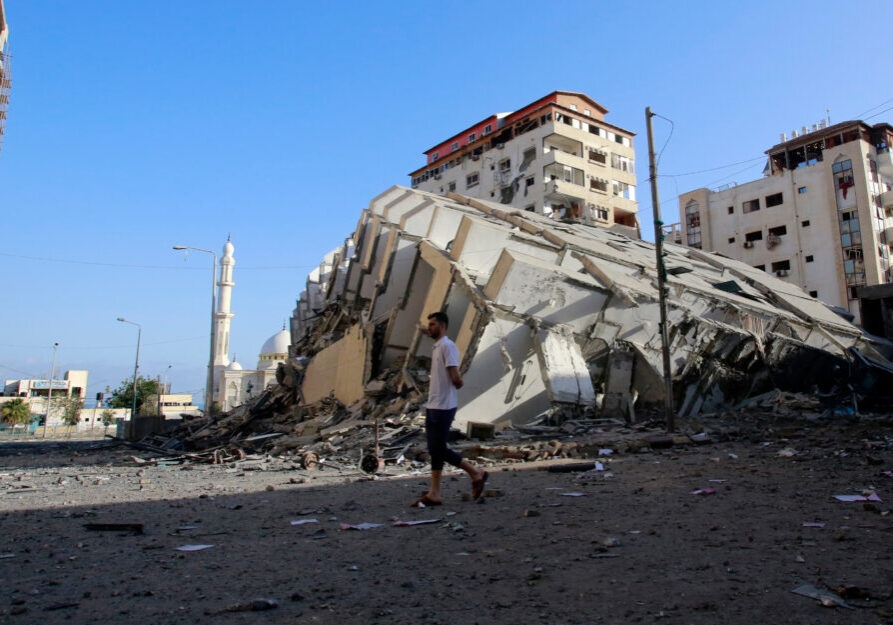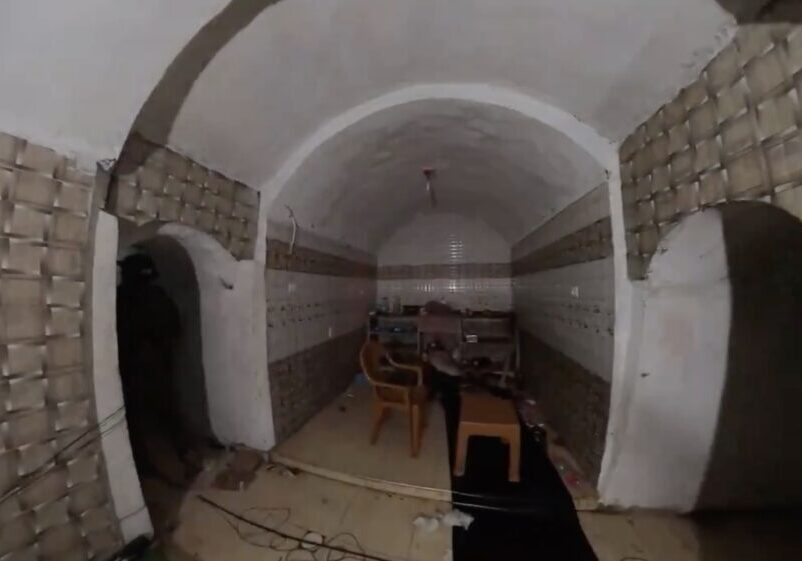Australia/Israel Review
Assad’s Pyrrhic Victory
Oct 16, 2017 | Jacques Neriah

Jacques Neriah
Almost six years ago, Gen. (ret.) Ehud Barak, then Israel’s Minister of Defence, prophesised that Bashar Assad’s fall would occur within two weeks! Like most analysts predicting the chances of survival of the Alawite regime, he was proved to be wrong. In fact, Bashar Assad’s conviction of his own victory is such that he is now celebrating in the most symbolic way, signalling a return to normal life in August by inaugurating the 59th Damascus International Fair, after five years of absence, with the direct participation of 23 nations, while companies and/or agents will represent another 20 countries.
While the regime is trying to project an image of normalcy and business as usual, the war is not over yet. For the time being, Assad has managed to survive this war at an unbearable US$226 billion economic price for Syria, almost half a million people killed, millions injured and handicapped, half of the population displaced from their homes, and more than two million refugees in neighbouring countries and Europe.
Moreover, the regime is in control of barely 40% of the previous Syrian territory, and large swaths of land are in the hands of old/new occupiers.
The Syrian state has imploded and has created a potential for two important minorities to become independent or semi-independent in their respective areas: the Kurds in the north facing the Turkish border and the Druze facing the Jordanian border. Moreover, key foreign actors are openly present on Syrian territory, and it seems that their presence will last for a long period of time. This applies to the US military presence in the Kurdish and Druze areas, the Turks in the area north of Idlib, and the Russians in Tartus and at their Khmeimim airbase. As for the Iranians, their presence is in almost all the areas controlled by the Syrian regime through their military advisers, their military units, and their Shi’ite (Afghani, Pakistani, Iraqi, and Lebanese) foreign legion.
Beyond these grim facts, one should bear in mind that six years after the beginning of the civil war, Syria has lost its most precious asset – its independence and its historical aspirations of being the champion and bastion of Arab nationalism and anti-Zionism. Syria is now an Iranian-Russian satellite whose existence as a state depends on the military presence of its patrons.
Indeed, six years later, the Alawite regime is on life-support provided by Russia, Iran, Hezbollah and Iranian satellite proxies. Still, the latest arrangements between Russia and the United States have convinced Bashar Assad that unless he is struck by lightning or he becomes victim of an act of terrorism, he is here to stay. As long as the political process has not ripened to create a new political reality in Syria, and as long as Russia and the United States have not reached an understanding on who is to succeed Assad in the transition period and beyond, Assad will remain in power.
Six years later, the impression is that all parties are exhausted from the war effort and need time to recover and re-organise. However, following the events on the ground, it looks like the different parties are still in a frenzy to consolidate the territories under their control. Such is the effort of Assad to take control of the Lebanese-Syrian border and to extend his grip towards Deir el-Zor and the Iraqi border. Meanwhile, the US-backed Kurds are progressing in their conquest of the Islamic State’s so-called capital, Raqqa. The same consolidation is true for Turkey in the north of Syria and also applies to the rebels in southern Syria.
No doubt, the events in Syria are showing a trend of stabilisation and reinforcing positions. However, despite Assad’s efforts to claim he has won the war, it is crystal clear that the facts on the ground show that the regime has lost the original Syria that existed politically and geographically before 2011, and it is doubtful whether “that” Syria will be reborn from the ashes of the civil war.
In any case, as long as the partitioning of Syria is not finished and the spoils of war distributed between the different actors involved, stability is not likely to return to Syria. Syria’s future will be determined not only by local developments, but also by the action/inaction of foreign powers present in the region. More important to the process of shaping the new Syria are events happening around Syria – the future of Kurdistan, the stabilisation of Iraq, and the role to be played by regional actors such as Saudi Arabia and Qatar.
If Assad considers these developments to be a victory, then it can only be defined as a Pyrrhic one.
Col. (ret.) Dr. Jacques Neriah, a special analyst for the Middle East at the Jerusalem Centre for Public Affairs (JCPA), was formerly Foreign Policy Advisor to Prime Minister Yitzhak Rabin and Deputy Head for Assessment of Israeli Military Intelligence. © JCPA (www.jcpa.org), reprinted by permission, all rights reserved.
Tags: Middle East






